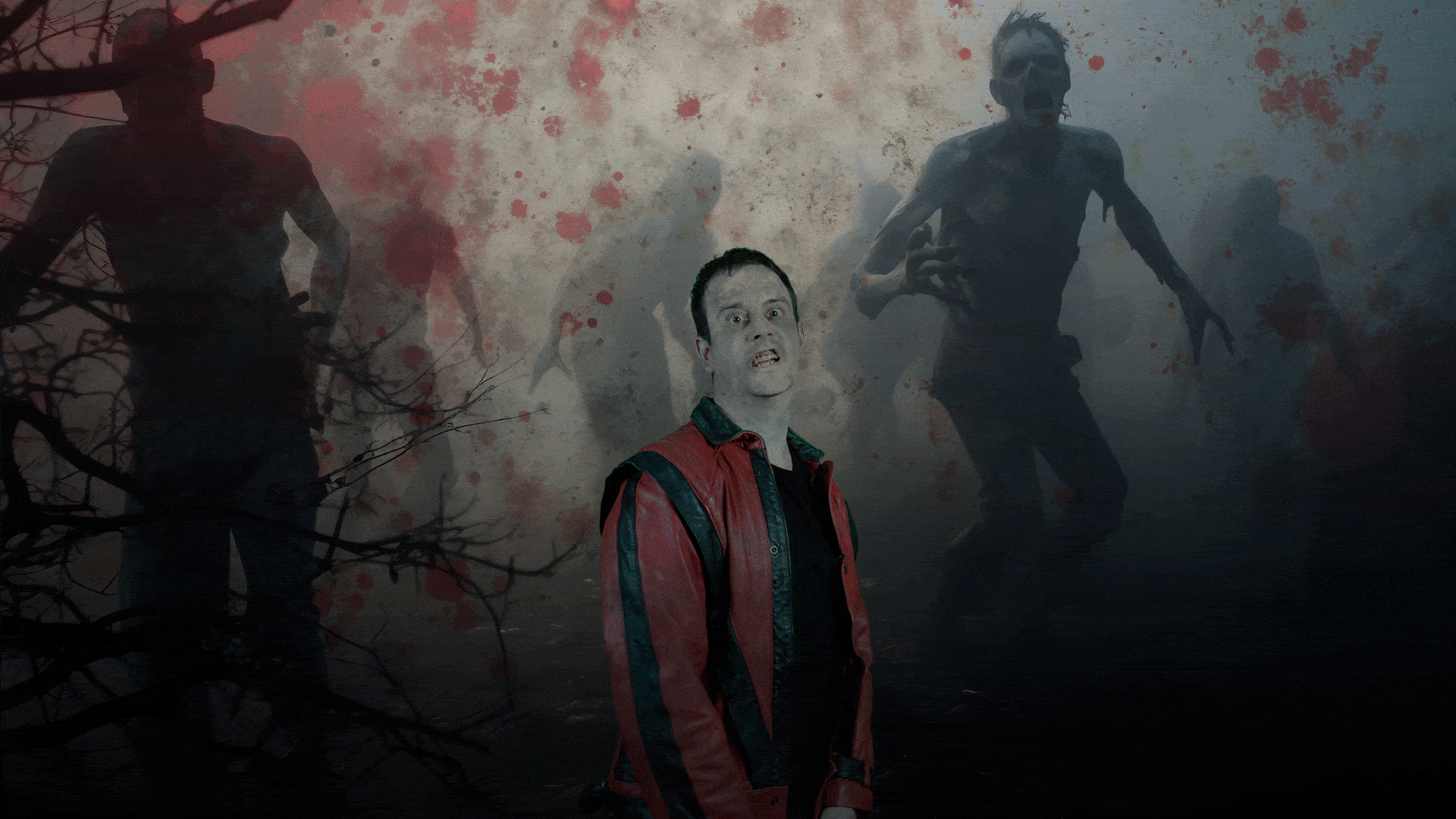Over the years, frameworks for development have come and gone – with the emergence of HTML5 and CSS3, it has been a new age for the front end developer. Here at Engage Web, we have decided to give Twitter’s bootstrap a shot. It describes itself as:
“Sleek, intuitive, and powerful front-end framework for faster and easier web development.”
A quick scan of the documentation shows it to be a fairly solid framework that makes heavy use of jQuery, and the added consistency of having an established list of styles, IDs and classes is a blessing to any developer/designer team. Our intention is to use the bootstrap framework as an improved ‘reset’, giving us a base to work from knowing that a lot of those issues that Internet Explorer brings to the table have been dealt with already.
The implementation of the bootstrap is incredibly simple, and includes two files along with using classes almost as a configuration instruction, similar to the jQuery UI methods of styling. A button can be identified with a class of ‘btn’; if it’s a warning button, then we would use ‘btn-warning’ and maybe we would float it to the left. To do this, we would use ‘btn-warning pull-left’, as this method of styling and identification means that the developer can create the template for the system and identify the various elements, and the designer can style them all with ease. It’s good to know that a consistent methodology has been used and that the class they are working with “does what it says on the tin”.
Over the coming months, we will refine and evolve our own bootstrap version, suited to the development and design style of the team here at Engage Web. This will give us a strong base to work from when we create a client’s website or applications.
- Making colours count - February 22, 2014
- Facebook opens up origami offering - February 15, 2014
- Hello Ruby - February 8, 2014



